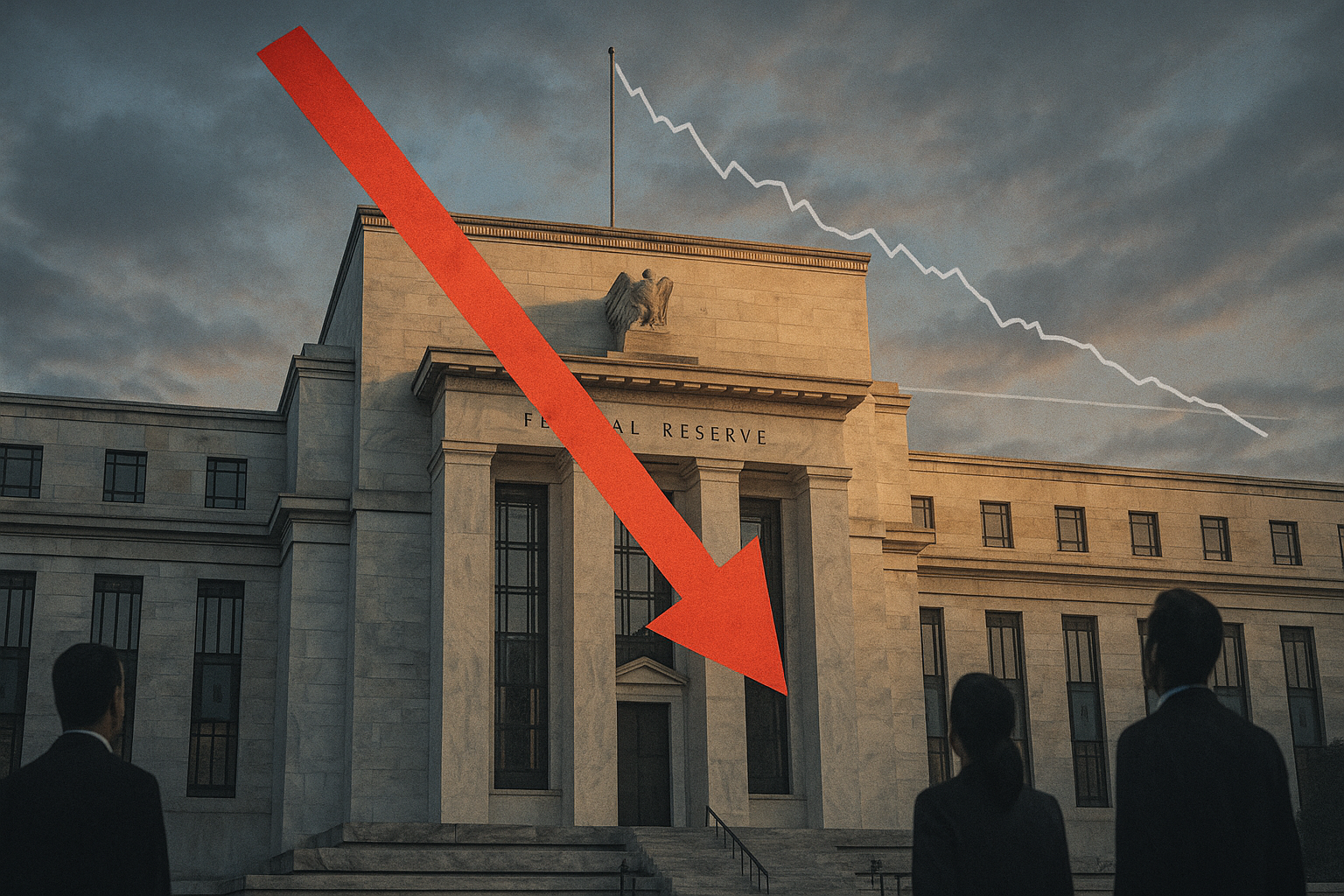In what might be the clearest sign yet that the Federal Reserve is changing its tune, Governor Michelle Bowman—once among the Fed's most inflation-worried voices—has joined her colleagues in signaling support for interest rate cuts. And not just one, but three reductions in 2025.
This is big news, folks.
Bowman's shift comes as job creation has slammed on the brakes, decelerating to a mere 35,000 jobs per month. That's barely enough to keep pace with population growth. It's like watching a formerly robust economy suddenly start moving in slow motion.
Markets have noticed. They've already priced in a 90% chance of a September rate cut that would pull rates down to the 4%-4.25% range. Wall Street, as usual, is racing ahead of the actual decision-makers.
I've been covering Fed policy since the pandemic began, and I've always been fascinated by the peculiar language central bankers use. They speak in a carefully calibrated dialect that's designed to move markets without causing panic. When someone like Bowman—who has repeatedly warned about inflation risks—starts talking about multiple rate cuts, it's essentially the monetary equivalent of a weather vane spinning dramatically in a new direction.
The real story here? The cooling labor market.
Look, job creation at 35K monthly is basically stall speed. It's like watching a high-performance engine suddenly start sputtering. The Fed, with its dual mandate of price stability and maximum employment, simply can't ignore such a dramatic slowdown.
What makes this particularly interesting (at least to Fed nerds like me) is the timing. After waging a two-year battle against inflation using higher interest rates as their weapon of choice, policymakers now face a different problem. Just as inflation approaches their sacred 2% target, the job market is showing serious signs of fatigue.
It's a classic central banking dilemma.
Cut rates too quickly, and you risk reigniting inflation. Wait too long, and you might cause unnecessary economic pain. The Fed is trying to thread a needle while wearing oven mitts—technically possible, but fraught with difficulty.
Meanwhile, market participants are doing what they always do—getting ahead of themselves. A 90% probability for a specific policy action months away? In this economy? I've seen enough surprise economic data over the years to know that certainty is usually an illusion in financial markets.
(Though I should note that Fed officials have been unusually direct in their recent communications, almost as if they're trying to telegraph their intentions without actually saying the words.)
The path forward depends entirely on incoming data. If inflation continues its downward glide path while employment remains weak, Bowman's projected cuts will likely materialize. But economies rarely move in straight lines—they zigzag, they surprise, they confound even the most sophisticated forecasting models.
What seems clear is that we're witnessing a significant shift in monetary policy. After the most aggressive tightening cycle in decades, the Fed is preparing to change direction. The question isn't whether rates will come down, but when and how quickly.
For businesses and consumers who've adjusted to higher rates, this signals changes ahead. Mortgage rates should decline. Corporate borrowing costs will ease. The dollar may weaken.
But—and this is important—these effects won't happen overnight. There's always a lag between Fed actions and economic impacts, something officials constantly remind us about even as markets react immediately to their every word.
The irony in all this? For all our sophisticated economic models and analysis, monetary policy remains as much art as science. We build elegant forecasting frameworks only to watch them crumble against the unpredictable nature of human behavior and global events.
So while Bowman's dovish pivot tells us something important about where we're headed, the journey itself will almost certainly include unexpected twists and turns. In central banking, just like in life, the map is never quite the territory.
